 Home from school for the Thanksgiving break, on a chilly but sunny day, I took my two to the Morton National Wildlife Refuge. Instead of feeding the ducks in the pond at the end of our road, we went and fed wild birds from our hands.
Home from school for the Thanksgiving break, on a chilly but sunny day, I took my two to the Morton National Wildlife Refuge. Instead of feeding the ducks in the pond at the end of our road, we went and fed wild birds from our hands.
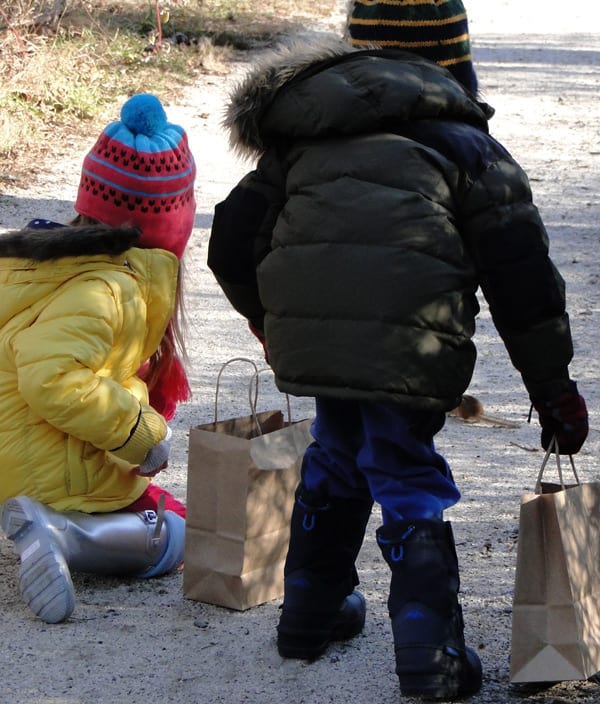 We filled two bags up with seeds and nuts for wild birds. We were in the car for less than 10 minutes. And suddenly we were on the trail through a patch of land home only to wild birds and animals.
We filled two bags up with seeds and nuts for wild birds. We were in the car for less than 10 minutes. And suddenly we were on the trail through a patch of land home only to wild birds and animals.
“Wild creatures, like men, must have a place to live. As civilization creates cities, builds highways, and drains marshes, it takes away, little by little, the land that is suitable for wildlife…Refuges resist this trend by saving some areas from encroachment, and by preserving in them, or restoring where necessary, the conditions that wild things need in order to live.” Rachel Carson, scientist and chief editor for the US Fish & Wildlife Service from 1939-1952
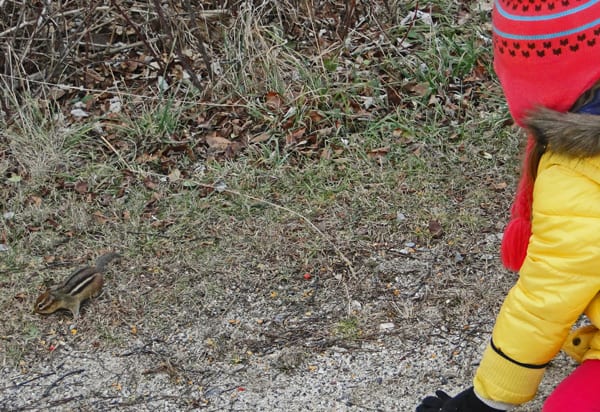
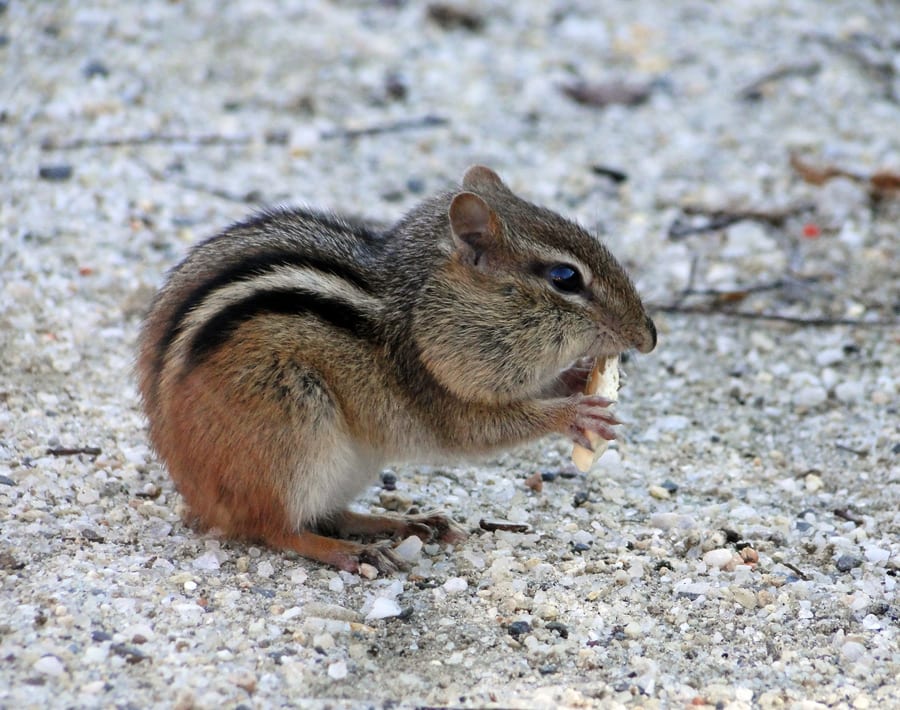 Eastern chipmunks, squirrels and wild birds greeted us.
Eastern chipmunks, squirrels and wild birds greeted us.
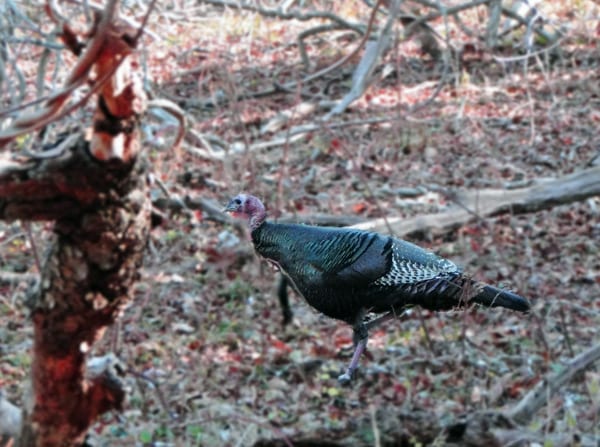 This is a home for wild creatures to feel safe and live like they like to live, I explained to my kids. Wild turkeys roamed in its upland woods without any worry of being presented on a Christmas platter.
This is a home for wild creatures to feel safe and live like they like to live, I explained to my kids. Wild turkeys roamed in its upland woods without any worry of being presented on a Christmas platter.
And then…a bird in the hand. Again and again.
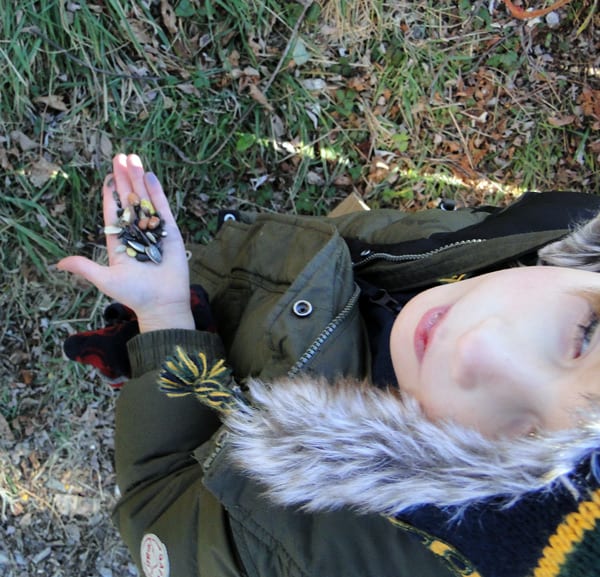
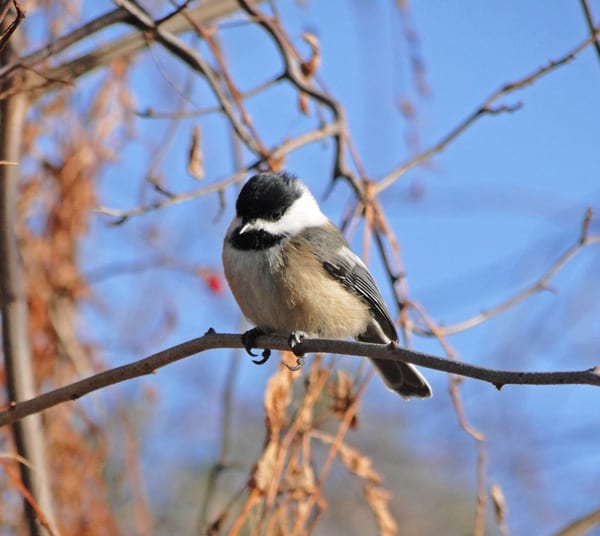 The birds eyed the treats my kids had brought them. And I watched in amazement as my kids – for a change – stood absolutely still. Not a whisper. Nor a wiggle. And then the chickadees took the wild bird treats straight from their hands.
The birds eyed the treats my kids had brought them. And I watched in amazement as my kids – for a change – stood absolutely still. Not a whisper. Nor a wiggle. And then the chickadees took the wild bird treats straight from their hands.
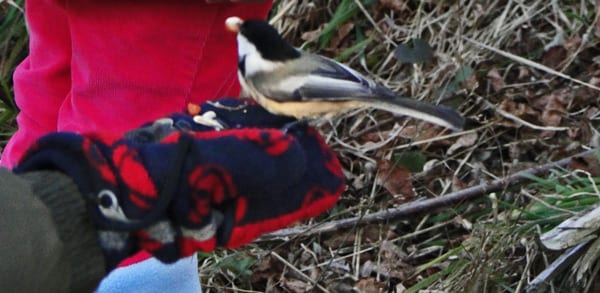
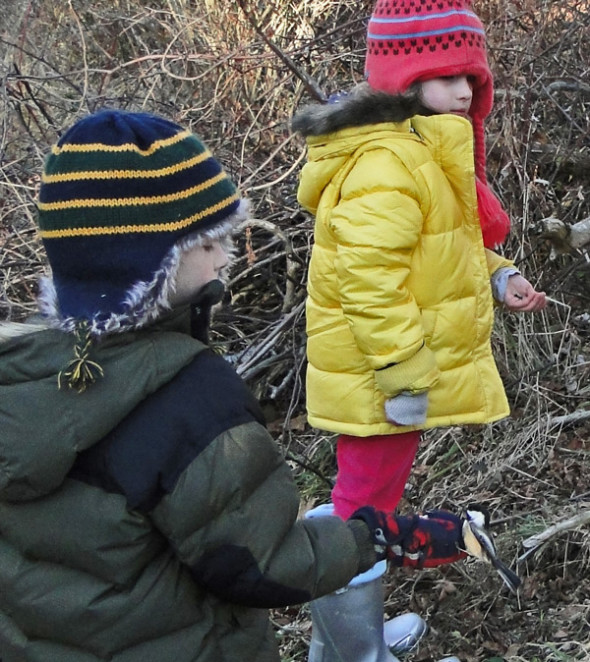
Across Long Island, New York, there are eight national wildlife refuges and one wildlife management area. 6,500 acres for birds, endangered species and wildlife to feel at home and where they are protected by US law.


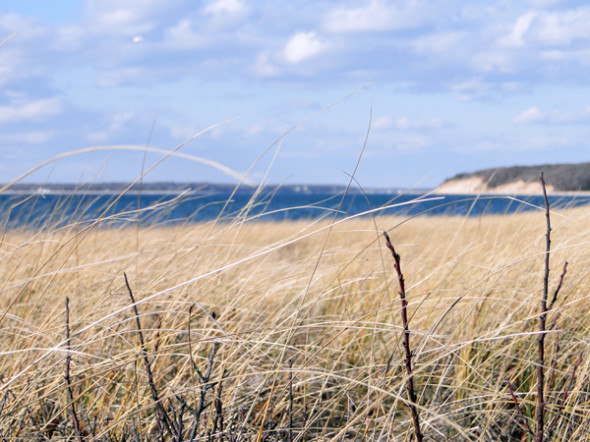 187 of these acres are located at the Elizabeth A. Morton Refuge on a peninsula between Peconic and Noyack Bays. Not only is there an upland forest, there’s also a beach, a lagoon,a pond, a wooded bluff as well as saltmarshes and grasslands.
187 of these acres are located at the Elizabeth A. Morton Refuge on a peninsula between Peconic and Noyack Bays. Not only is there an upland forest, there’s also a beach, a lagoon,a pond, a wooded bluff as well as saltmarshes and grasslands. 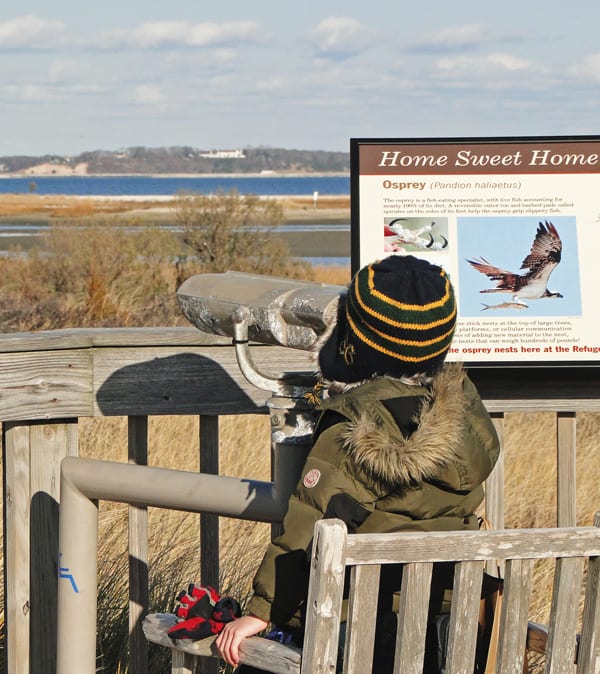
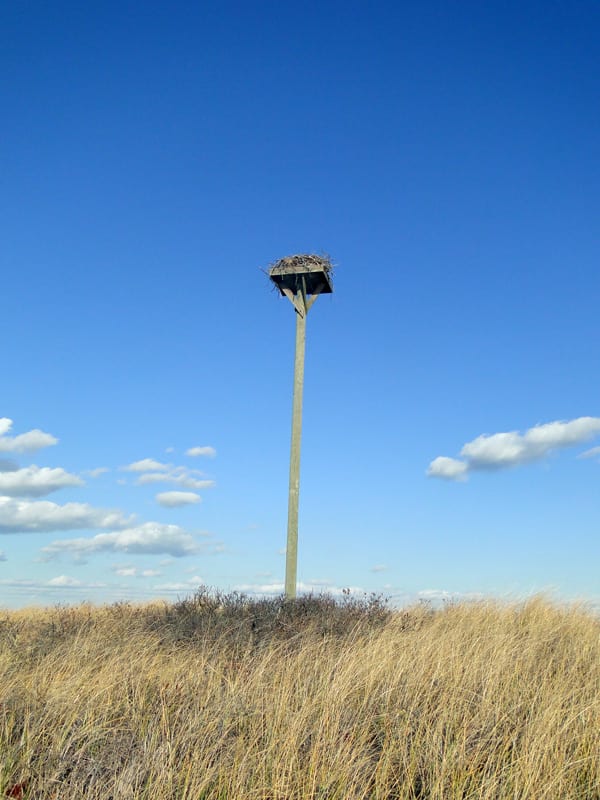
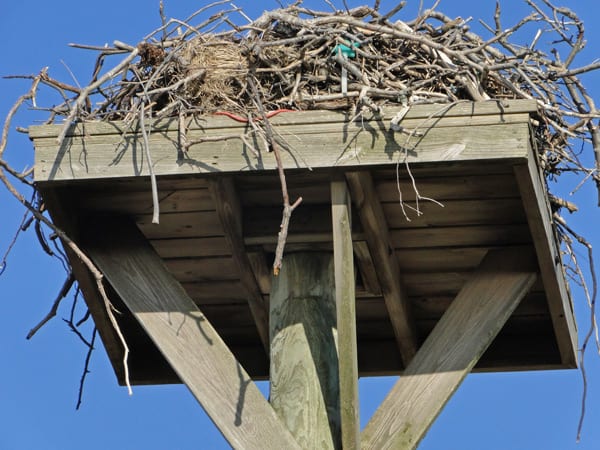
It’s also a hotel for all the nesting, wintering and migratory birds to stop on their way between their summer and winter homes. First we looked through giant binoculars at an Osprey’s nest in the distance. 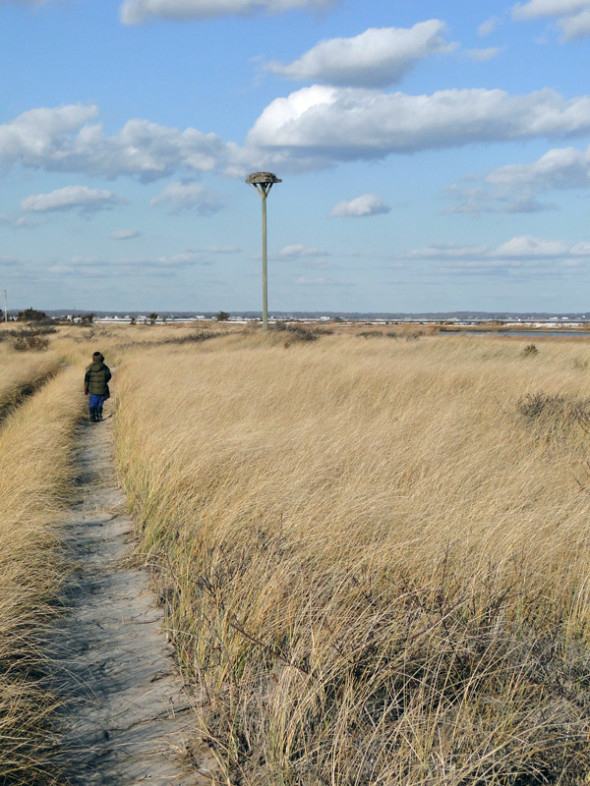 Then we followed a path for a closer look at the nest last built by a sea hawk.
Then we followed a path for a closer look at the nest last built by a sea hawk. 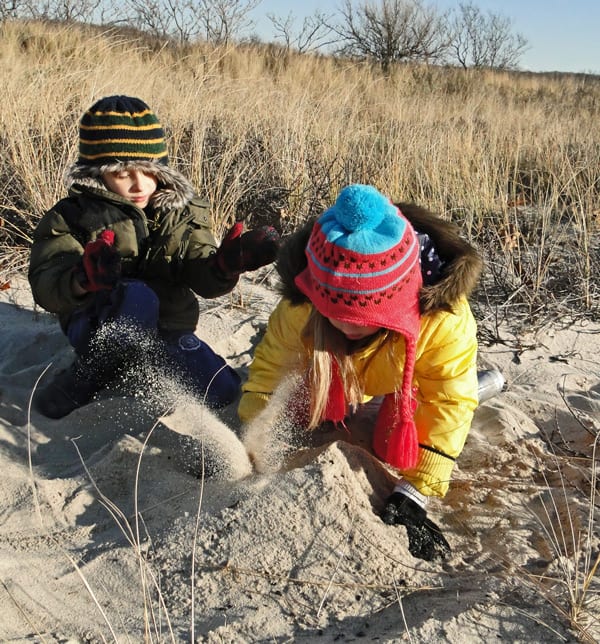
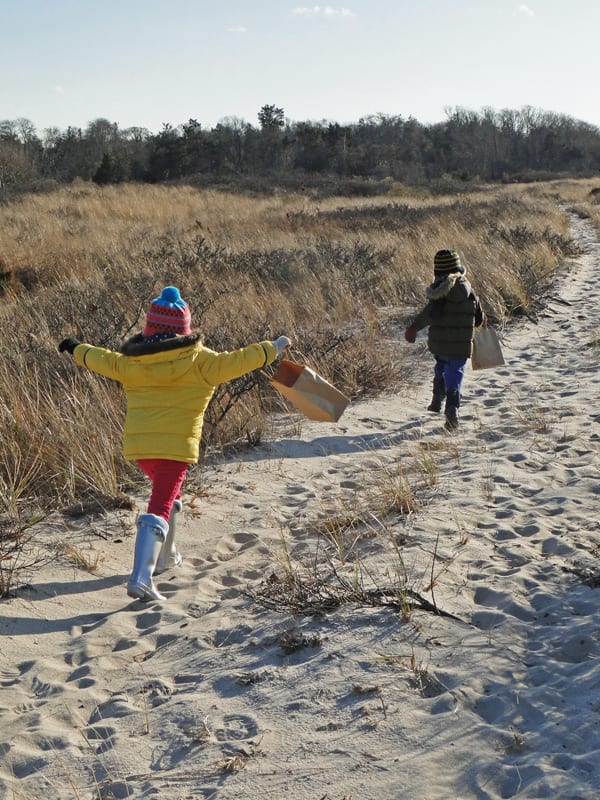
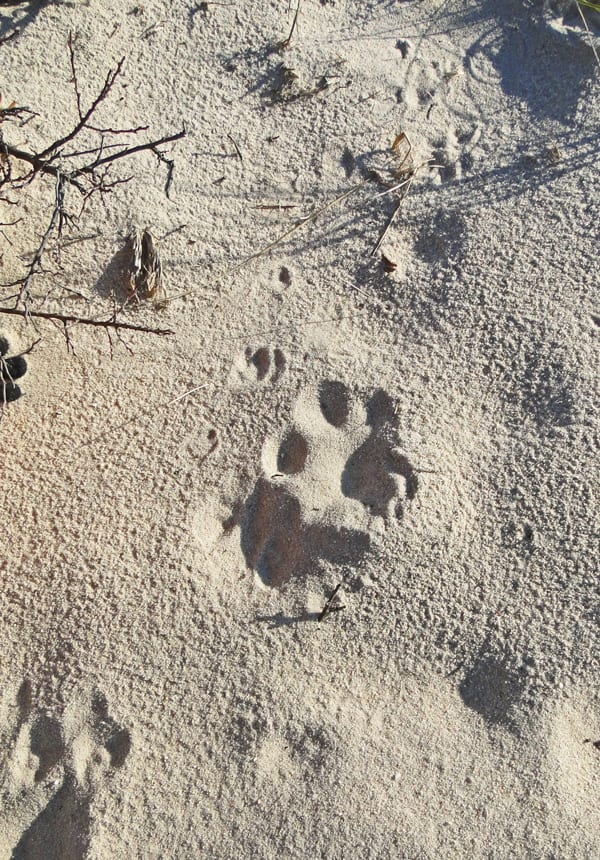
Wild animal tracks joined ours on the way back to the upland forest. 
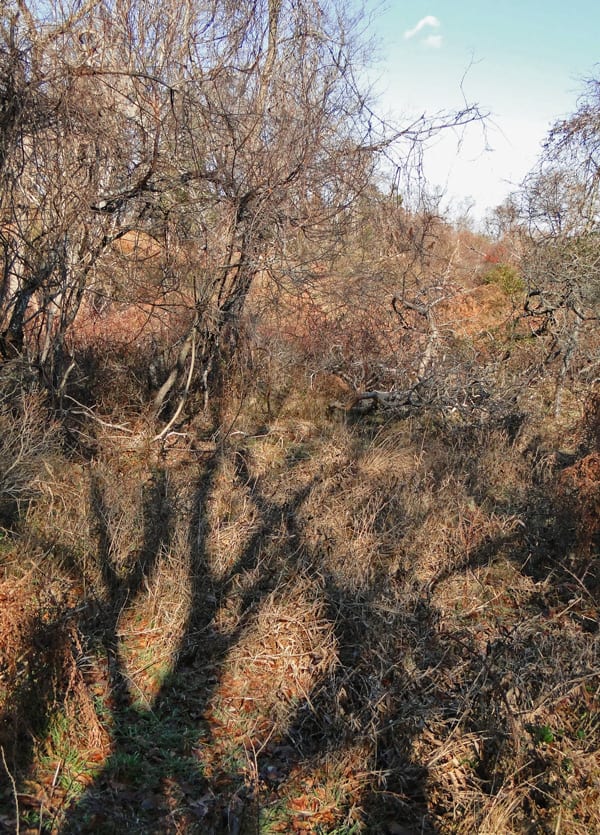
 Unlike the trees kept trim and cleared in our gardens, snags and rotting wood help the wildlife and nourish the soil in the Morton National Wildlife Refuge.
Unlike the trees kept trim and cleared in our gardens, snags and rotting wood help the wildlife and nourish the soil in the Morton National Wildlife Refuge. 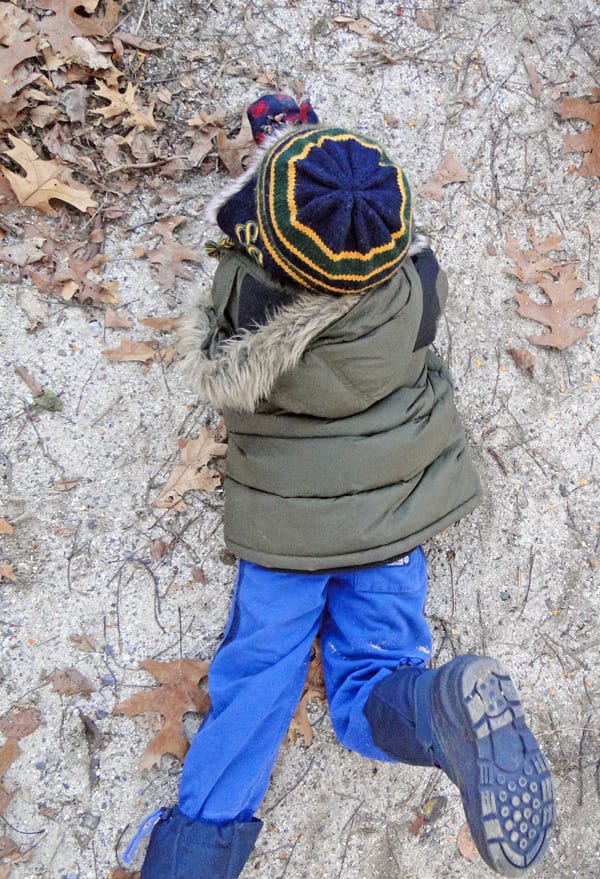
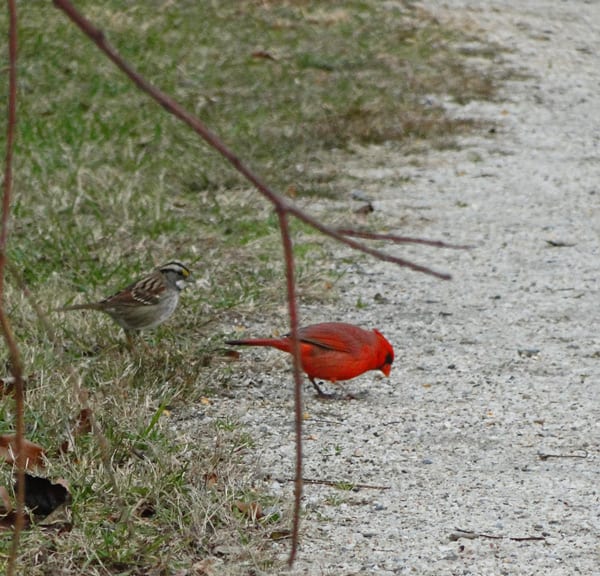
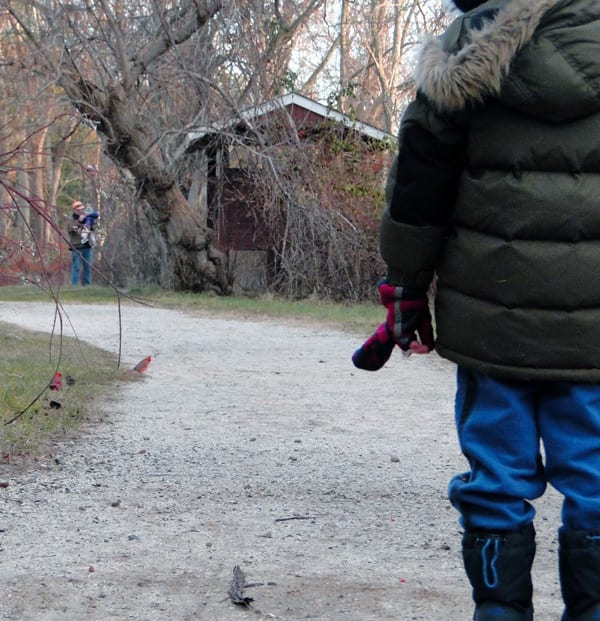 My kids stopped again to feed and watch wild birds. And as we left the forest trail, red cardinals and blue jays flew and landed around us. I told my children not to leave seeds on the paths, heeding the Morton National Wildlife Refuge advice: “Take only pictures, leave only footprints.”
My kids stopped again to feed and watch wild birds. And as we left the forest trail, red cardinals and blue jays flew and landed around us. I told my children not to leave seeds on the paths, heeding the Morton National Wildlife Refuge advice: “Take only pictures, leave only footprints.”
Elizabeth A. Morton National Wildlife Refuge
This Long Island refuge is one of nearly 540 National Wildlife Refuges across the US. Their main aim is to “provide and protect habitat for migratory birds, endangered species and fish.” Endangered and threatened migratory birds such as piping plovers, least terns and osprey use the peninsula beach for nesting. The beach is closed April to August during the nesting season. The entrance to the Morton National Wildlife Refuge is on Noyack Road near Sag Harbor.
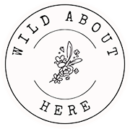
Lovely! I love how your kids stood still just so the birds could eat. Will keep this place in mind if ever we go to New York!
I was amazed too how still they were!
What absolutely stunning pictures and lovely memories!! Thanks for sharing Kriss 🙂
XOXO
pinning this 🙂
Thank you – we were amazed at how lovely a place it was to visit.
What a stunning refuge for such beautiful wildlife, the work they do is so important in preserving and protecting endangered species. How wonderful for the children that some of the birds came and fed from their hands, thanks for linking up and sharing your wonderful photos with Country Kids.
These refuges are really important to protect wildlife. Long Island is part of a major migratory path for birds and these refuges give them a place to nest, stop, rest and feed without worrying about us humans.
That is an amazing place, beautiful – as are your photos. I now see where your Silent Sunday chipmunk came from – still impressed you managed to get a photo of one 🙂 This will definitely be a place to return to.
My children would absolutely love to visit. Feeding the birds and seeing chipmunks. Perfect! #CountryKids
Beautiful pictures, looks like a great day. Wow amazing close up pictures of all the animals 🙂
I want a chipmunk! So cute! Gorgeous pics.
There is something so cute about chipmunks – my daughter was especially keen trying to feed one of them!
Just wow. So many beautiful photos, as always, and what an amazingly up close and personal experience for your children with so much wildlife. A fabulous way to spend a Thanksgiving break
Thanks Jocelyn! Looking forward to going back soon when we have the place to ourselves after the holidays – had no idea it was so close to us.